TL;DR
- Determine your role: Merchant or service provider
- Determine your level and requirements
- Identify your validation method: SAQ or RoC
- Use the PCI website
Introduction
The Payment Card Industry Data Security Standard, or PCI DSS, outlines essential requirements for protecting both you and your customers when taking payment transactions.
These are essential standards across the industry and every organisation that takes card payments must start somewhere on their PCI SS compliance journey, whether this is mandated by an acquiring bank, or the organisation just seeks to attest their commitment to keeping customers card details safe.
We often see customers come to us with the same question: Where do I start? I’ve written this post to help you on your journey to compliance, which involves these key steps:
Determine your role: Merchant or service provider
Merchant Definition: An entity that accepts payment cards bearing the logos of any PCI SSC Participating Payment Brand as payment for goods and/or services.
Service Provider Definition: A business entity that is not a payment brand, directly involved in the processing, storage, or transmission of cardholder data (CHD) and/or sensitive authentication data (SAD) on behalf of another entity. This includes payment gateways, payment service providers (PSPs), and independent sales organisations (ISOs). Both: Some organisations may function as both a merchant and a service provider, depending on their operations.
Determine your merchant level and requirements
PCI DSS merchant levels categorise merchants based on the number of transactions processed annually. This helps define the necessary compliance verification steps. Below is an example based on MasterCard standards (similar criteria apply to other payment brands such as American Express).
| Level | Who falls into this category? | What do you need to do? |
| 1 | Merchants processing 6 million+ Mastercard & Maestro transactions per year (combined)Merchants meeting Visa’s Level 1 criteria Any merchant deemed high risk by Mastercard | Undergo an annual PCI DSS assessment by a Qualified Security Assessor (QSA)Submit a Report on Compliance (RoC) |
| 2 | Merchants processing 1 million to 6 million Mastercard & Maestro transactions annuallyMerchants meeting Visa’s Level 2 criteria | Complete an Annual Self-Assessment Questionnaire (SAQ) |
| 3 | E-commerce merchants processing 20,000 to 1 million Mastercard & Maestro transactions per yearMerchants meeting Visa’s Level 3 criteria | Complete an Annual Self-Assessment Questionnaire (SAQ) |
| 4 | All other merchants (processing fewer than 20,000 e-commerce transactions or fewer than 1 million total transactions annually) | Complete an Annual Self-Assessment Questionnaire (SAQ) |
For additional details, please refer to the PCI DSS Merchant Compliance Levels provided by MasterCard and American Express:
- PCI DSS Merchant Compliance Levels | MasterCard
- PCI DSS Merchant Compliance Levels | American Express
Service provider levels: Service providers are categorized based on the volume of transactions they process and their potential impact on cardholder data security.
Identify your validation method: SAQ or RoC
Now you know what level you fall under and have identified what assessment you need to undertake here is a brief overview of what these assessments look like:
Self-Assessment Questionnaire (SAQ)
A series of yes or no questions that include all 12 requirements, requiring you to attest that your organisation meets PCI DSS standards. This can be completed by your organisation or reviewed by a Qualified Security Assessor (QSA) to determine compliance status. Not every company is subject to all 12 requirements. Requirements are based on your payment channels and how you ingest card data from your customers.
Report on Compliance (RoC)
A detailed document compiled by a qualified auditor following a thorough review of an organisation’s Cardholder Data Environment (CDE). – Requirements are based on scoping exercises that establish which controls are applicable to the organisation and its methods of taking payments.
Select the appropriate SAQ
There are multiple types of SAQs, each tailored to different business scenarios.
Choosing the right SAQ depends on factors such as how your organisation processes payments, whether you store cardholder data, and the methods used for processing transactions.
Conclusion: Use the PCI website
The PCI website has some super handy tips and guidance documents to help you understand PCI. We’ve linked resources below:

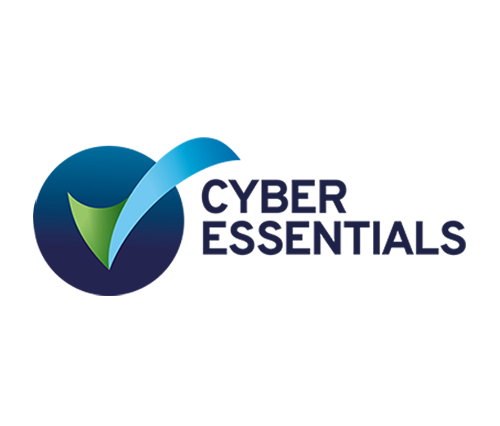
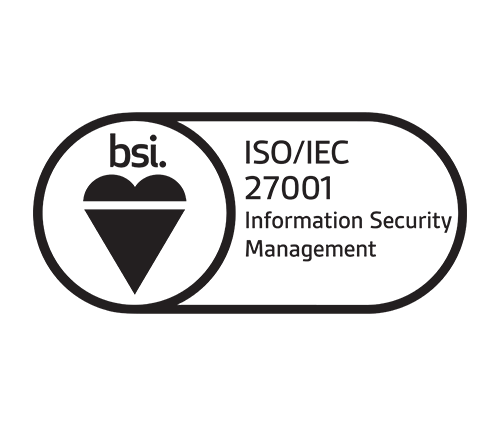
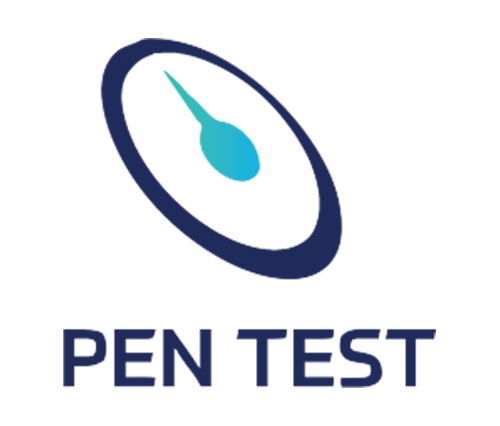
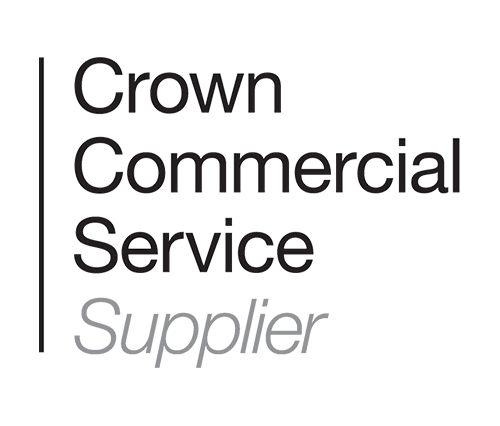
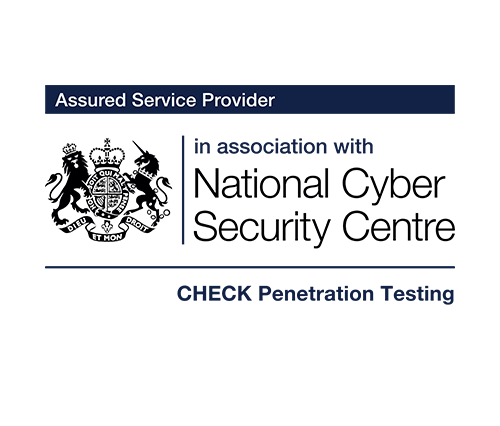
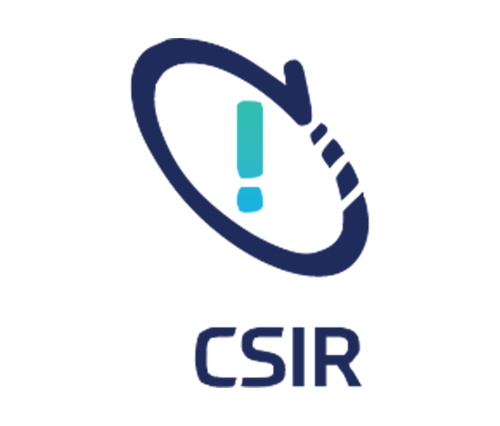
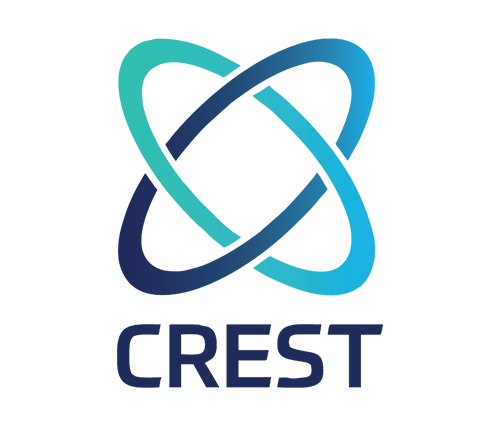
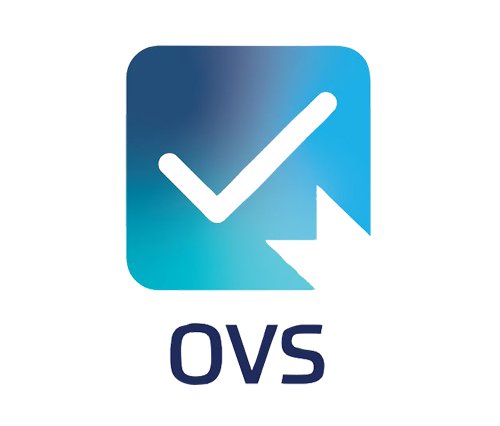
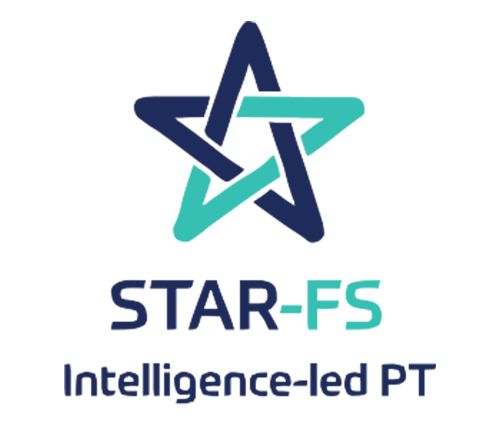
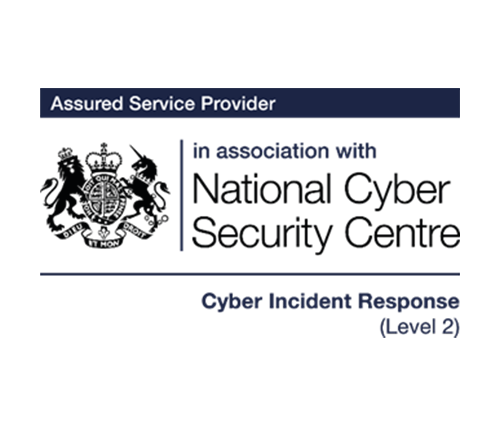
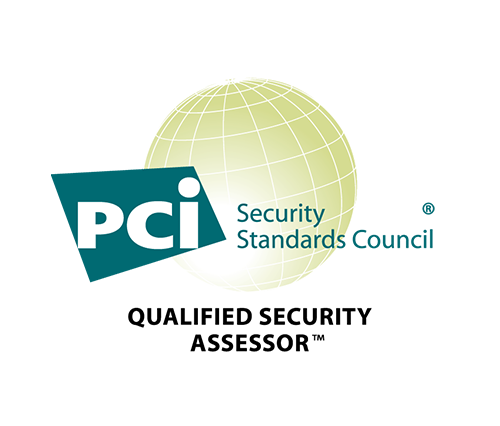
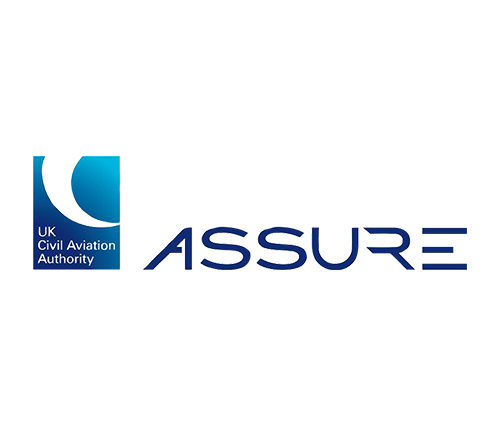
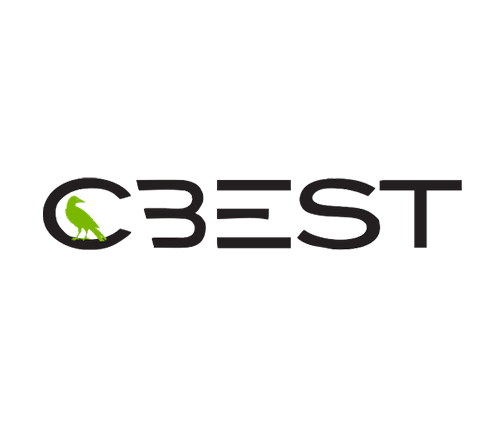
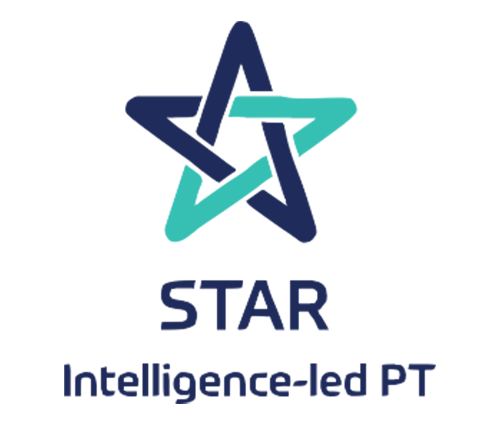
No Comments yet!